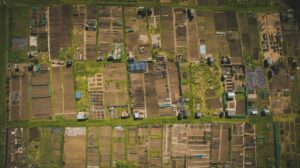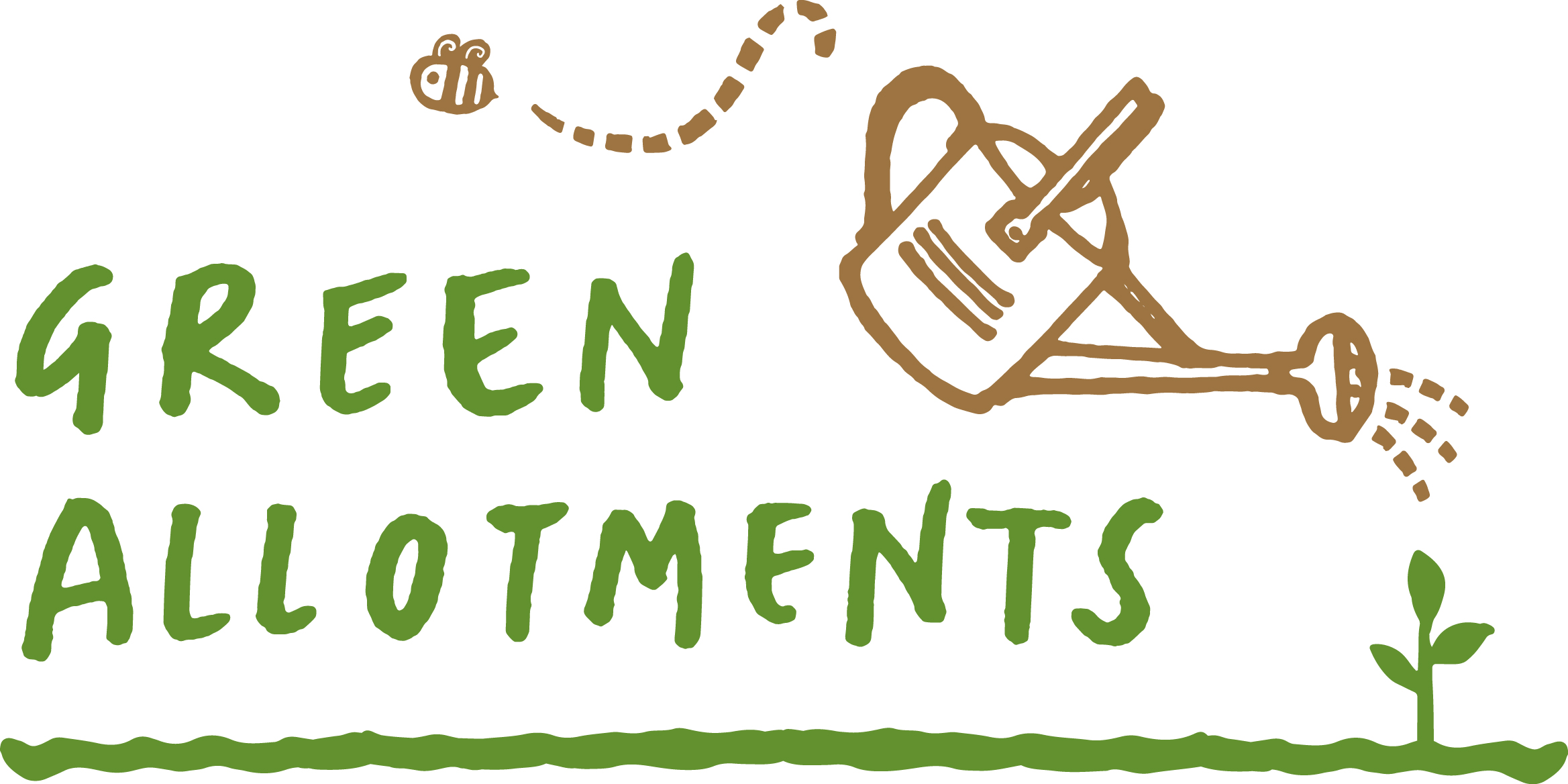Green Allotments: Bringing philanthropy back to Allotments
Allotments and philanthropy have a long history which Green Allotments is reigniting. But what is Philanthropy and how can it help more people get an allotment?
Allotments and philanthropy: a connected history
Green Allotments solution: Bringing philanthropy back to Allotments
Challenges for Green Allotments
What is Philanthropy?
Philanthropy is a desire to promote the welfare of others, typically expressed through generous donations of money, time, or resources to good causes. Unlike charity – which often focuses on immediate relief of suffering or need – philanthropy tends to involve strategic long-term large-scale efforts to solve social problems and improve life for people and/or planet.
At its core, philanthropy is all about giving back: leveraging personal or institutional wealth, influence, or expertise to create meaningful, lasting impact. Mention philanthropy and people tend to think of Bill and Melinda Gates funding projects to make large-scale global improvements in health, education, and poverty reduction. Yet, many acts of philanthropy are on a much smaller scale such as a local business donating to a community food bank, a retired teacher funding scholarships. Done with appropriate support and at the right pace and scale, philanthropy can bring positive societal and environmental changes. Green Allotments is bringing philanthropy back to allotments at a national scale in England and Wales.

Allotments and philanthropy: a connected history
Historically, allotments were created to provide food security during times of economic difficulty and then developing into places with well-documented benefits that go way beyond food production.
Allotments and philanthropy actually have a long history, with many early allotment sites created by well-intentioned philanthropists working for positive social change. For example, Titus Salt included allotments when he created the town of Saltaire, West Yorkshire. Religious bodies also historically provided allotments, such as The Church of England, as well as charities and some wealthy individuals.
This all changed when local councils began to provide allotments in the early 1900s. Philanthropists drew back from involvement in allotments at this point and there have been virtually no new allotment sites created philanthropically in recent years until Green Allotments came along.
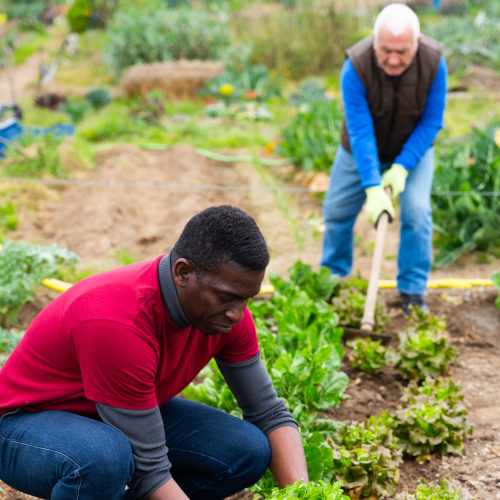
The allotment problem today
Today, the vast majority of allotment sites are provided by local councils, plus some provision by private landowners. Central government is not required to fund allotments, the duty is devolved to local councils. Following ongoing central government cuts, many councils are now at the point of bankruptcy. Land prices in Britain are high. Hence, little to null economic opportunity for councils to provide a sufficient number of new allotment sites to meet the proven high demand for allotments. Plus, there is always the promise of a bonus income from selling a council allotment site situated on high-value land. The protection for statutory council allotments throughout England and Wales could be removed on a political whim by Parliament.
Meanwhile, allotment sites provided by private individuals have no protection and can be closed at the behest of the owner. This has particularly occurred after the Covid-19 Pandemic when land ownership often shifted following death and inheritance.
Food provenance was put back on the table (quite literally) for many people by the pandemic, along with a desire to be outdoors and be closer to nature. The result? Allotment waiting lists grew even more. Demand continues to be high, but few new council allotment sites are being created.
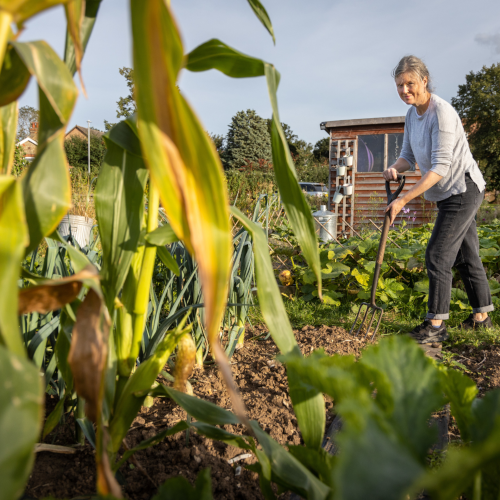
The allotment funding problem
With councils rarely able to fund new allotment sites, the independent funding sector is often called upon to fund allotments, e.g. create new allotment sites or improvements to existing sites. Although the UK has thousands of charitable trusts, corporate funding trusts and statutory funders, there is a reluctance to fund land purchase for new allotment sites or to fund improvements on established allotment sites. Within parts of the independent and statutory funding sectors, there is a belief that allotment sites only benefit ‘individuals’ and are not functioning ‘communities’. This is despite peer-reviewed evidence of the multiple benefits of allotments, these benefits extend far beyond the allotment gates for the good of communities and the planet.
Some funders will donate to certain food-growing causes, these tend to be for particular notions of ‘community’ and, therefore, tend to focus on intervention projects on single allotment plots (e.g. a school plot or a plot for people experiencing mental health issues), or for other models of ‘grow your own’ such as Incredible Edible or London’s Capital Growth. Although these are absolutely worthy of funding, they do not fully address the constant high demand for allotments or provide entire new allotment sites. People clearly want a plot of their own and to be part of an allotment community. New allotment sites are desperately required.
This is the point where Green Allotments arrives on the scene. Green Allotments shifts ideas of allotments as ‘at risk’ places and which are only for individuals. Instead, Green Allotments creates new private allotment sites which have protection, are not-for profit, and operate under community-led management.
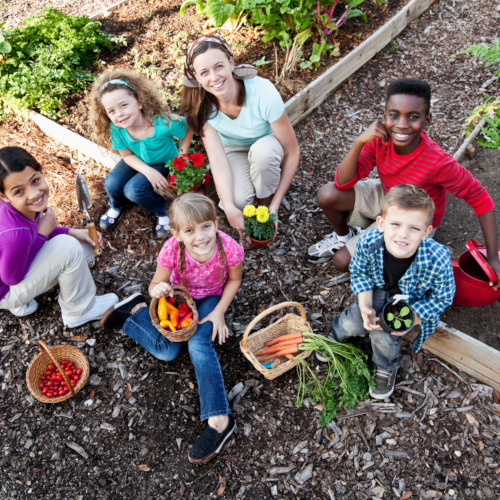
Green Allotments solution: Bringing philanthropy back to Allotments
Green Allotments is re-connecting philanthropy to allotments in the 21st Century. This is an innovative and long-term strategy to create new allotment sites. We are harnessing the good-will of philanthropy to create new allotment sites, with the additional bonus of more protection, security of tenure, and grass roots community involvement.
The Green Allotments model of allotment provision and protection is different to the traditional models of allotment provision.
Outcome: The most secure allotment provision model in the UK:
- Allotment land held in the ownership of Green Allotments = Allotment Land can only be developed on by means of a Compulsory Purchase Order.
- 30-year Peppercorn Lease with intention to renew = Security of Tenure to the gardeners on our sites + land-use stability for the local community.
- Community-Led Management of Green Allotments’ sites = Local decisions made by local people acting as guardians of the land.
- Peppercorn Lease + Community-Led Management = No land rent payable by the allotment community to Green Allotments = Plot-rent can be reinvested into the allotment site by the community of gardeners = No dereliction + opportunity for community-led projects.
- Greener Gardening without pesticides and herbicides = Nature-based land management + enhanced and increased biodiversity.
- Robust charity regulations which Green Allotments must comply with = No ambiguity about landowner probity + not-for-profit allotment sites.
Outcome: The most secure allotment provision model in the UK
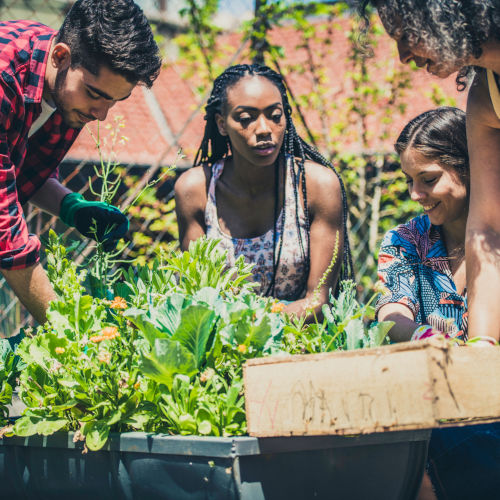
Challenges for Green Allotments
All new and innovative work encounters challenges on the journey to success. Green Allotments’ approach is to work carefully at a sensible pace, to test our model and learn lessons along the way so that we can develop further. Key challenges are:
Funding Challenges – Green Allotments charity has ‘seed funding’, initially from a single donor, and plans to develop a sustainable economic basis. We have a clear programme of work to engage with potential donors of land, finances, and other resources.
Skills and Expertise Challenges – Green Allotments has actively sought specialists in relevant fields to assist and support the development of our model of allotment provision and our operations as a charity. Our door is always open to people and organisations who can help, e.g. some of our specialist staff and volunteers approached us as they had heard about our work/model.
Scale and Pace Challenges – Rather than launching a new model of allotment provision immediately, instead we are creating several Green Allotments sites to test and refine our model. We are doing this with a planned work programme in place, which we call our two routes of ‘Find the people then the land’ and ‘Find the land then the people’. We are also actively listening, especially to public opinion about other developments in allotment provision, such as recent profit-motivated models. We are also learning how small or big allotment sites should be, and the most favoured allotment aesthetics, in order to be welcomed by neighbouring landowners and residents. This all helps to create a robust model at the right scale and pace.
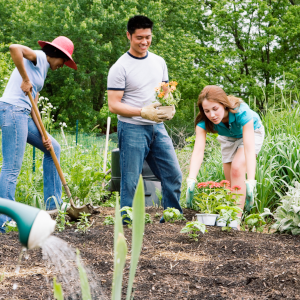
Towards a new future for allotments
Philanthropy, in its many forms, is a powerful tool for social and environmental improvement. Reconnecting allotments with philanthropy brings new opportunities when looked at through the lens of the knowledge, opportunities and connections available in contemporary England and Wales. When aligned with the goals of local food production, community cohesion, and environmental stewardship, Green Allotments’ philanthropy can breathe new life into the UK’s allotment scene. By supporting allotments through infrastructure development, educational initiatives, and inclusive programming, philanthropic efforts can create new allotments which are dynamic, resilient hubs of community life.
From our work so far and our active listening, we are learning what people actually want (and do not want) for and from new allotment sites. From this we understand that our model of allotment provision is popular and welcomed by people, organisations, and policy makers, who strongly believe that allotments should be based on mutual-aid rather than profit. By listening and adapting, Green Allotments’ model of allotment provision can move forward in a way that will be cherished by those wanting an allotment, the general public, and policy makers.
TL:DR (short summary)
Philanthropy is a form of giving back on a large and long-term scale. Historically, allotments and philanthropy used to be connected, but this drifted when councils began providing allotments. There is now high demand for allotments. Councils are cash-strapped and land is expensive, so they are unable to create new allotment sites. Private landowners can be tempted to sell their allotments for development. Green Allotments is reconnecting philanthropy with allotments: benevolently creating new allotment sites that are protected from sale/development, run by the community of gardeners on-site, with greener gardening practices.
